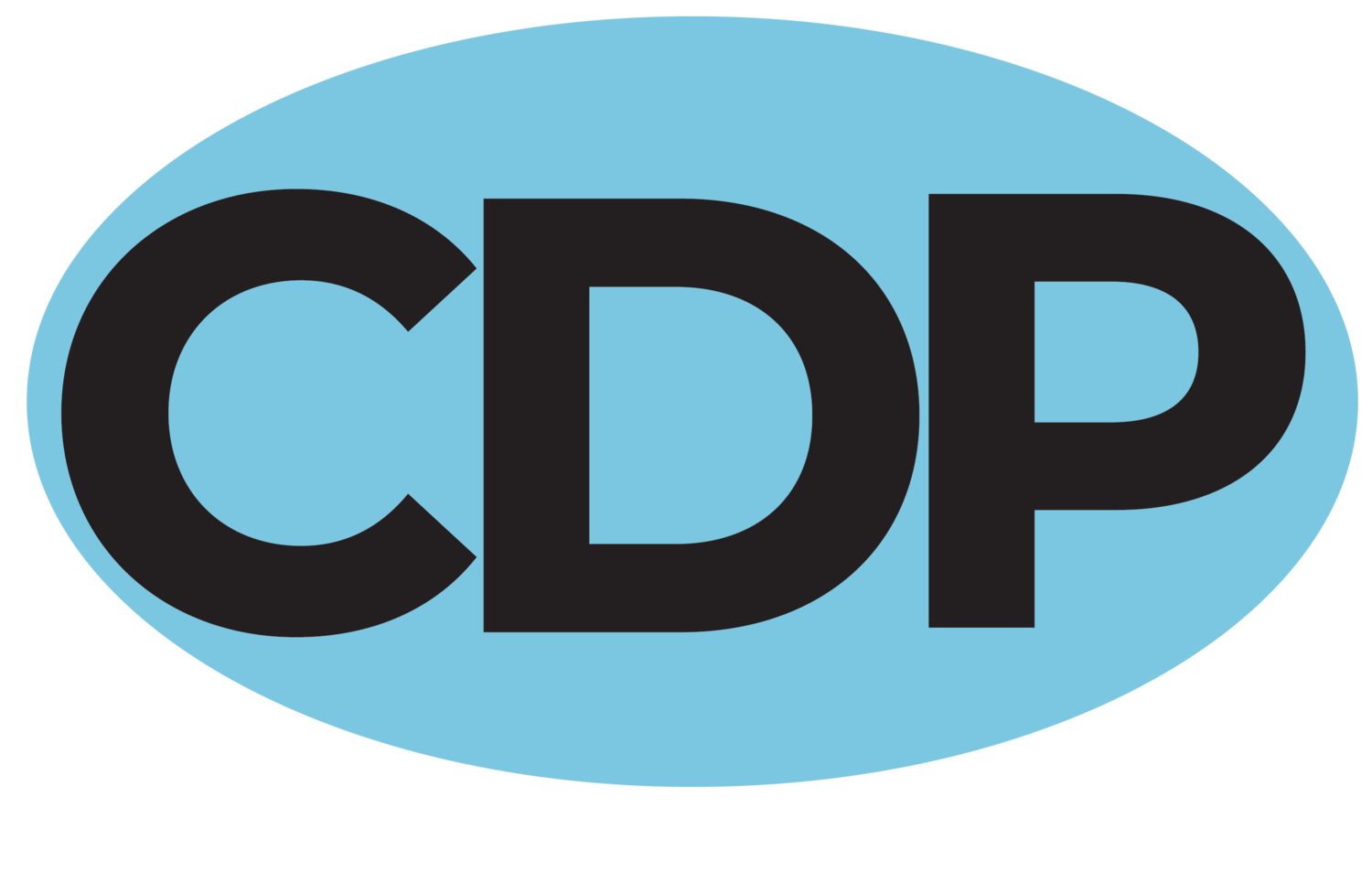Excerpts Series: Budgeting Benefits
There are some specific benefits of budgeting. Budgeting is really important. When you get to the point in your nonprofit where you are building infrastructure, you need to be intentional about doing budgeting. Sometimes in the beginning, we don’t start with a budget — we simply spend what we bring in.
Perhaps spending what we bring in is all that we can do in the beginning, but as the organization evolves, we really need to commit to doing a budget. This will help us monitor spending and have a plan for how we’re bringing in resources and where those will be spent.
Benefits to Budgeting:
1) Budgeting is really the optimum tool for promoting solvency.
The top economic priority of a non-profit should be staying solvent. Solvent means having more money coming in than going out.
This is a really important concept. I’m not sure that we often spend enough in time in our board meetings talking through budgeting and finances. We really need to get this point — the top economic priority of a nonprofit should be staying solvent. We have to make sure that we are balanced. We have to make sure that we don’t overspend and that we have more money coming in than going out. This seems like a very simple concept but it’s really, really critical that we get this.
Budgeting is the optimum tool for making sure that we are promoting solvency in our organization.
2) The second benefit is that a detailed budget really demonstrates an organization’s capacity to outsiders. A budget is a snapshot that we can give to potential donors or funders. It should tell them: This is the amount of money we anticipate bringing in and these are expenses we anticipate. They can get a good look at your organization and your capacity based on your budget projections. When I’m looking at a new nonprofit, I always ask to see their budget because that will tell me where they’re spending their money. How much money is going to staffing? How much are they spending in programs? This gives me a really good snapshot of an organization.
A detailed budget really can demonstrate capacity when others are looking at our organization.
3) The third benefit is that a budget helps adjust spending when needed. It is a projection — Where do we think we will be spending money over the next year? Then we can look at our actuals and adjust accordingly. We can take a step back and really look at items and see details, like: We spent more money here than we should have. We’re going to need to budget more money for that in the next year. We’re not spending all the money that we budgeted for office supplies, so we need to reallocate those dollars in future budgets or adjust those as we go throughout the year.
A budget is the tool that helps us make those kinds of calls.
4) Number four — A budget helps to spend money effectively. It’s controlled spending so that we’re not just spending all of our money on one particular program or on supplies or on things for the organization. We are controlling how we spend the money and making sure that we’re spending it effectively.
Effectively using our money through a laid-out plan is a really strong benefit of doing a budget.
5) Number five is also really important. When CDP gives an organization Board Training, we talk to the board about how they are financially responsible for the organization. The board makes plan and the staff implements. A budget lets the staff know what resources are available to them in order to accomplish tasks. As the staff is implementing what the board has laid out in terms of a plan, the staff need resources. They need to be able to implement their own salaries, they need to purchase supplies, they need program materials. The budget is their documentation indicating the level of spending that the board has approved this for this program. The budget informs the staff.
By having a budget, everyone is on the same page about what resources are available in order to accomplish their job, task or mission.
6) Number six benefit is: A budget allows the Board of Directors to anticipate expenses and identify income to pay those expenses. At annual board meetings or finance meetings, the board is presented with the anticipated expenses for the next year and then tasked with the duty of figuring out where the monies will come from. It is the board’s responsibility to financially resource the nonprofit. Budgeting meetings generally have lively conversations, such as: These are the expenses we anticipate in the next year. How will we pay for those? What are the income streams we will utilize to pay for these expenses?
These conversations allow the board to make a budgeting plan and then move into outlining those details for the organization.


